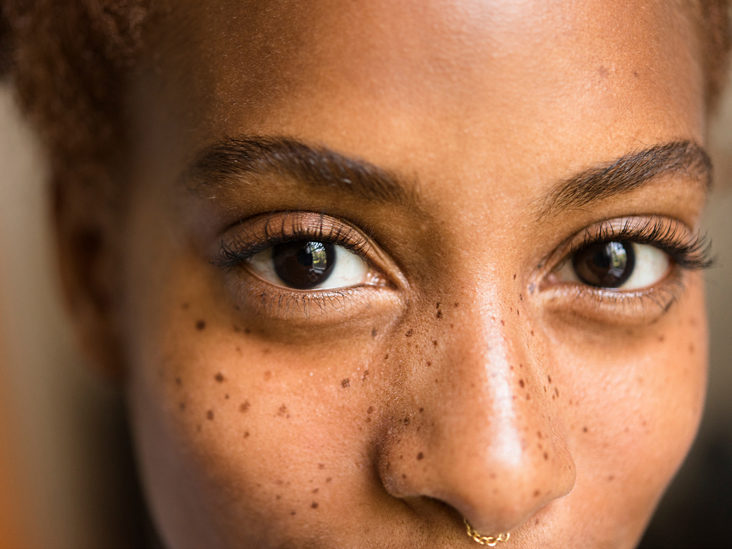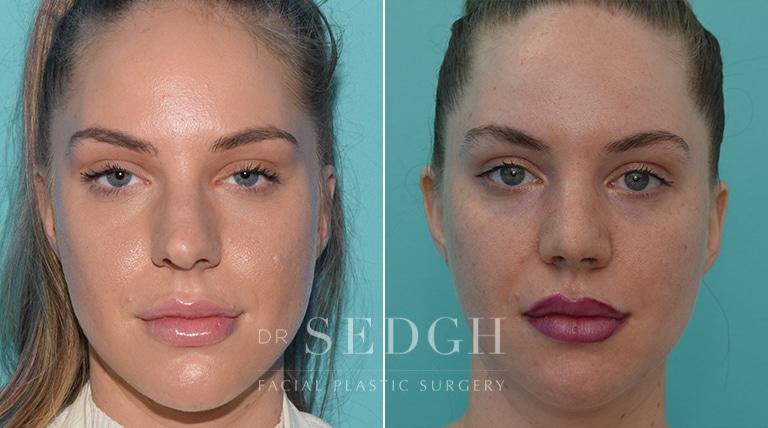
The costs associated with breast augmentation procedures vary widely. Additional fees may be charged for anesthesia, the hospital, or other health care professionals. To ensure patient safety, medical tests will be performed before and after surgery. A prescription for pain medications or muscle relaxers might be made after the procedure. Surgeon certification and experience determine fees, as do consultation fees. All costs associated with breast augmentation must be included in the final price. But what factors should you consider when comparing breast augmentation prices?
Choosing saline implants
Although both silicone gel and saline implant have their advantages, saline implants offer more safety. Around 45 percent of women who have silicone gel implants must return to the hospital for reoperation within 10 year, while only 20 to 26 per cent need to do so for saline. Saline implants have a lower rate of rupture (between three and ten percent at ten year). Additionally, surgeons are able to easily adjust the size and shape of saline implants by removing substantial breast tissue.
The implant fluid can leak into surrounding tissue if it ruptures. The body will absorb the fluid and then expel it. It is possible to miss a ruptured silicone implant if it has not ruptured, which can cause significant breast volume loss. There is no diagnostic test for diagnosing a ruptured silicone implant. In rare cases, the implant might burst or seep into your body.

Choosing a pocket location
When choosing a location for breast augmentation, there are many things to consider. Ask your surgeon to explain the prices associated with different types of implant. A good surgeon will explain how to choose the most affordable implant for you, based on your unique needs. There are also several factors to consider before choosing a pocket location for your surgery, such as the type of anesthesia and the type of implant.
Additional fees
The fees for surgical facilities vary greatly. The cost of a breast augmentation procedure may range from $800 up to $1200. The facility fee includes the surgical garment. If you're staying overnight, the facility charge will be added to the bill. If you're not insured, certain clinics may charge an additional facility cost. The average cost of breast augmentation surgery without insurance is $2752.
Breast augmentation may be performed under the breast, around the areola or through small incisions depending on the surgeon's skills and training. Surgeons may also use an incision in the armpit. Although incisions in these areas can be more difficult, they are less noticeable. A breast lift may be offered by some surgeons simultaneously with breast augmentation. This is a more expensive option, but it eliminates the need of a second appointment.
Anesthesia costs
Anesthesia costs for breast augmentation vary depending on where you are located. The facility fee is often the largest expense of the surgery, and it can vary significantly between surgical centers. A Columbus hospital may charge $20,162 to perform a primary augmentation, while a Chicago hospital may charge $17.285 for an outpatient procedure. Anesthesia fees vary by state.

Anesthesia for breast enhancement can run between $1500-$3000. But the procedure only takes a few hours. The general anesthesia used during the procedure is to sedate the patient. An anesthesiologist who is board certified will usually charge more than a non-certified one. However, anesthesia costs less than a car so even major surgeries won't break the budget.